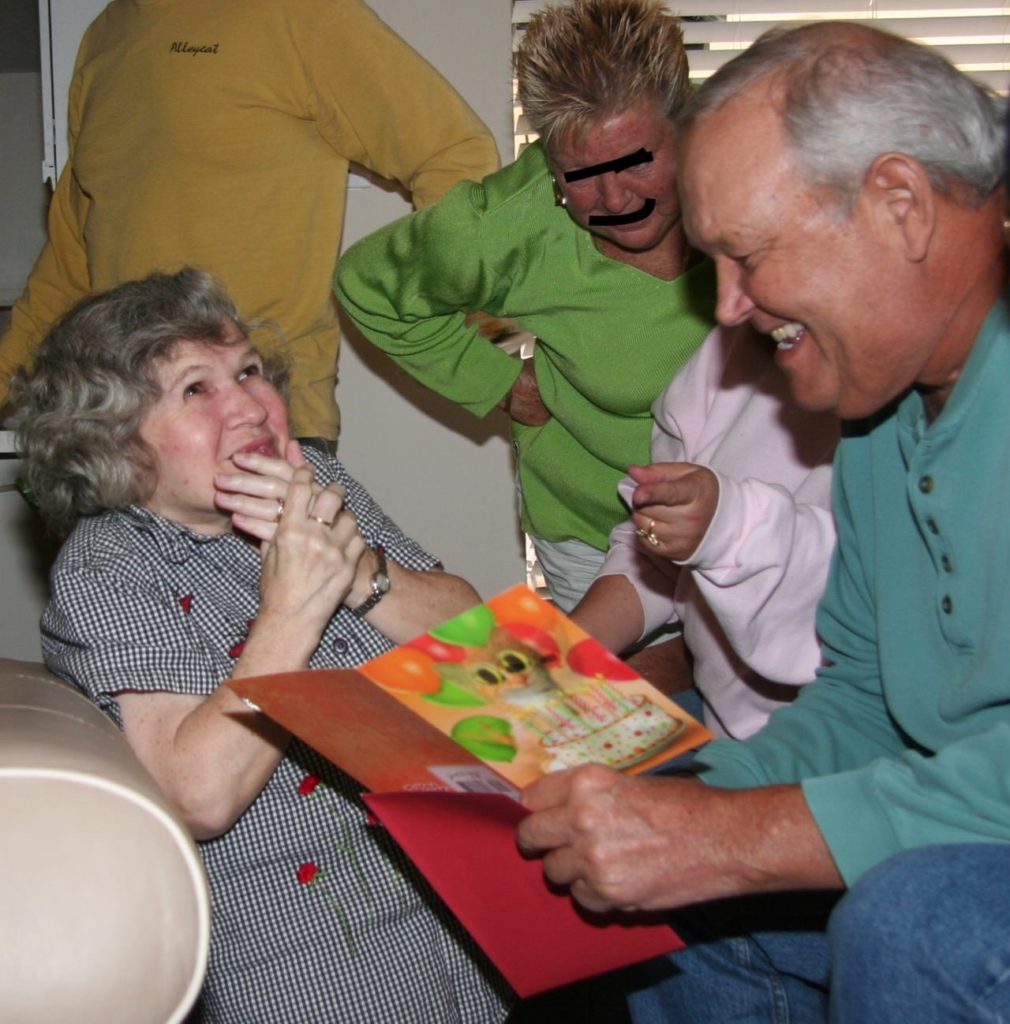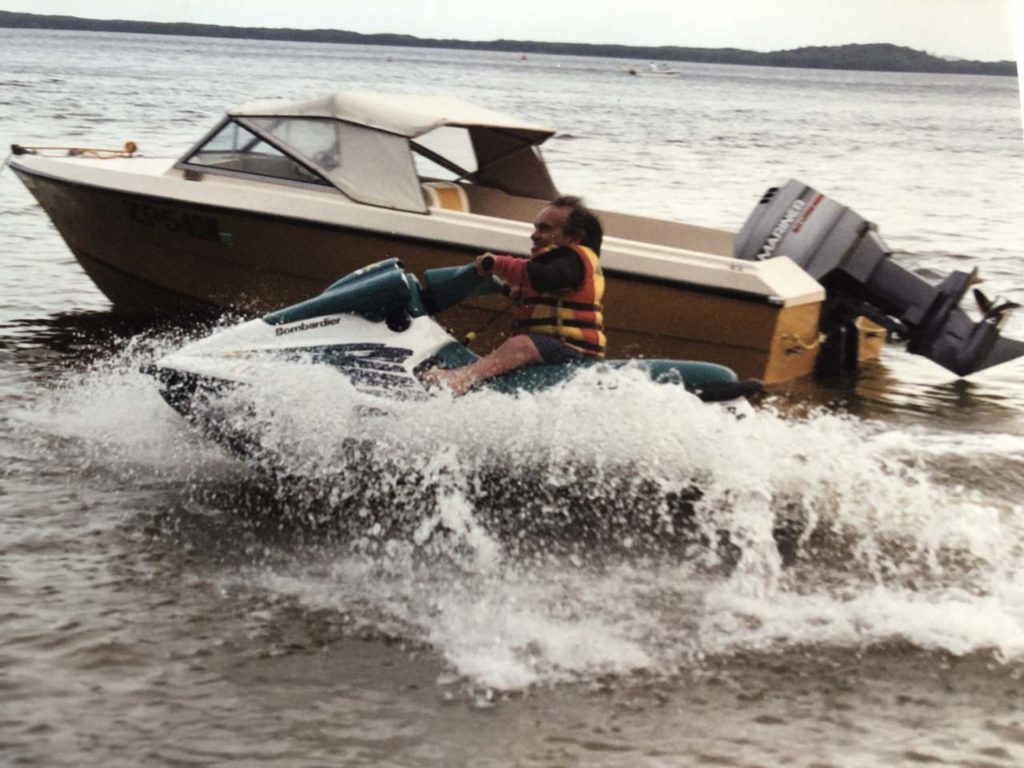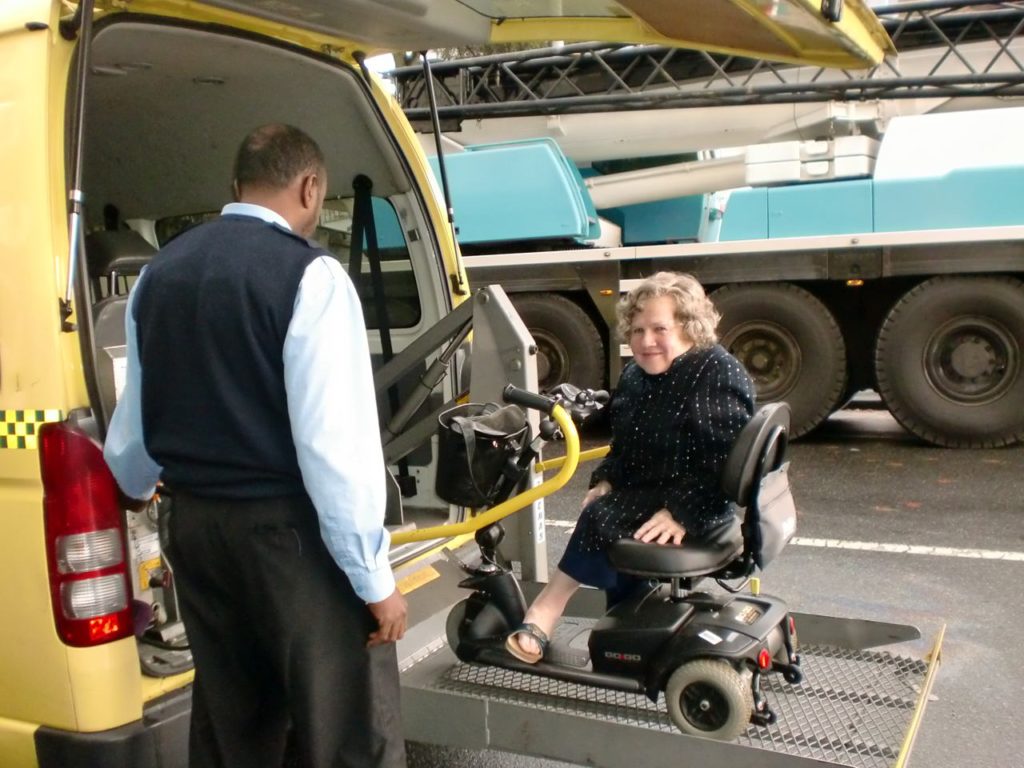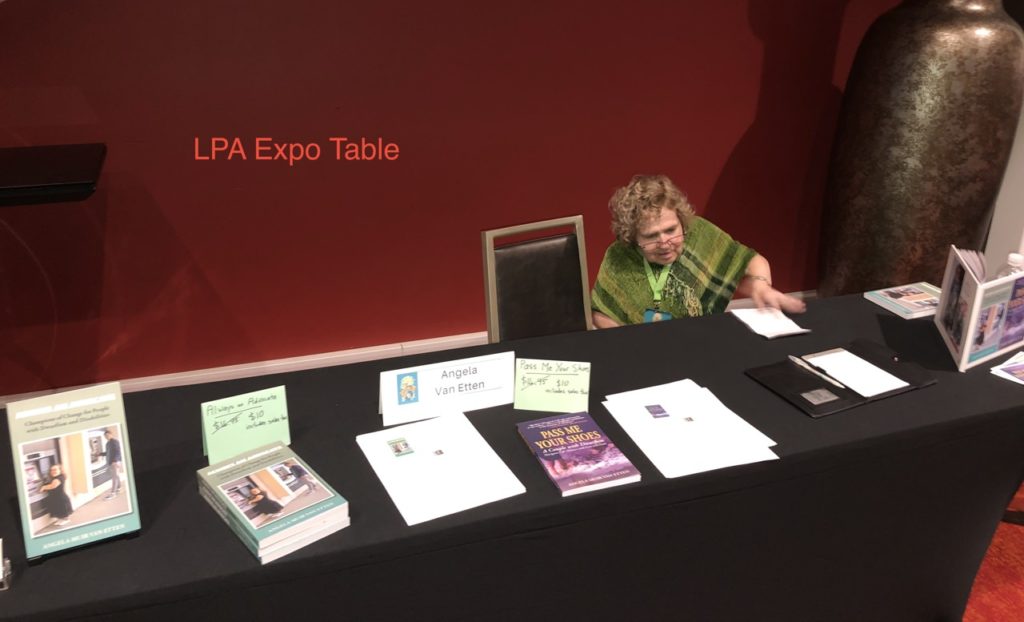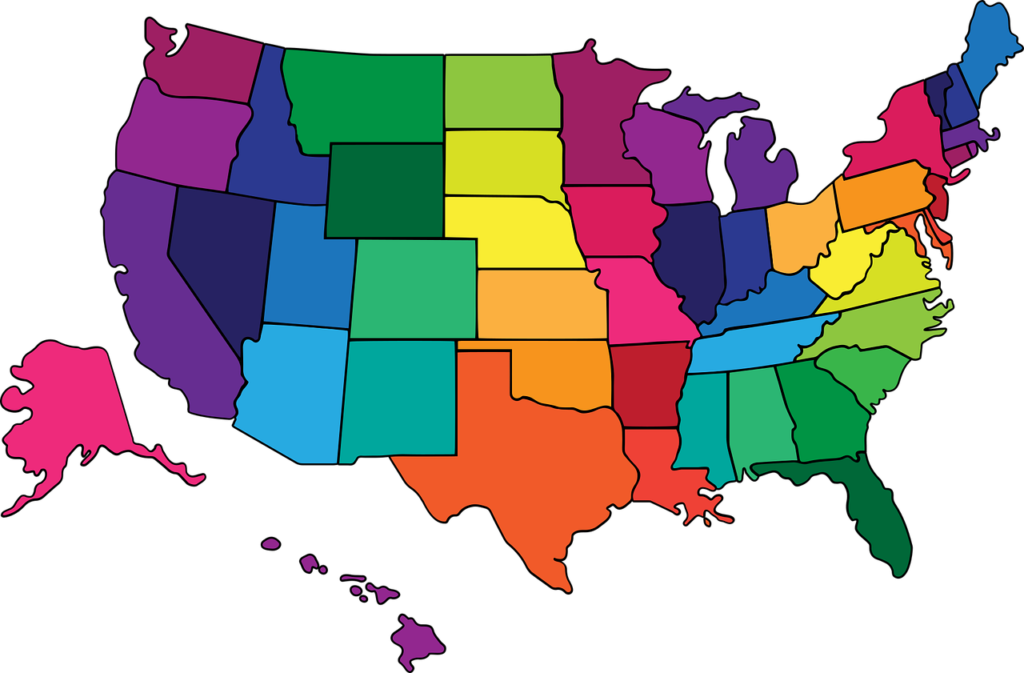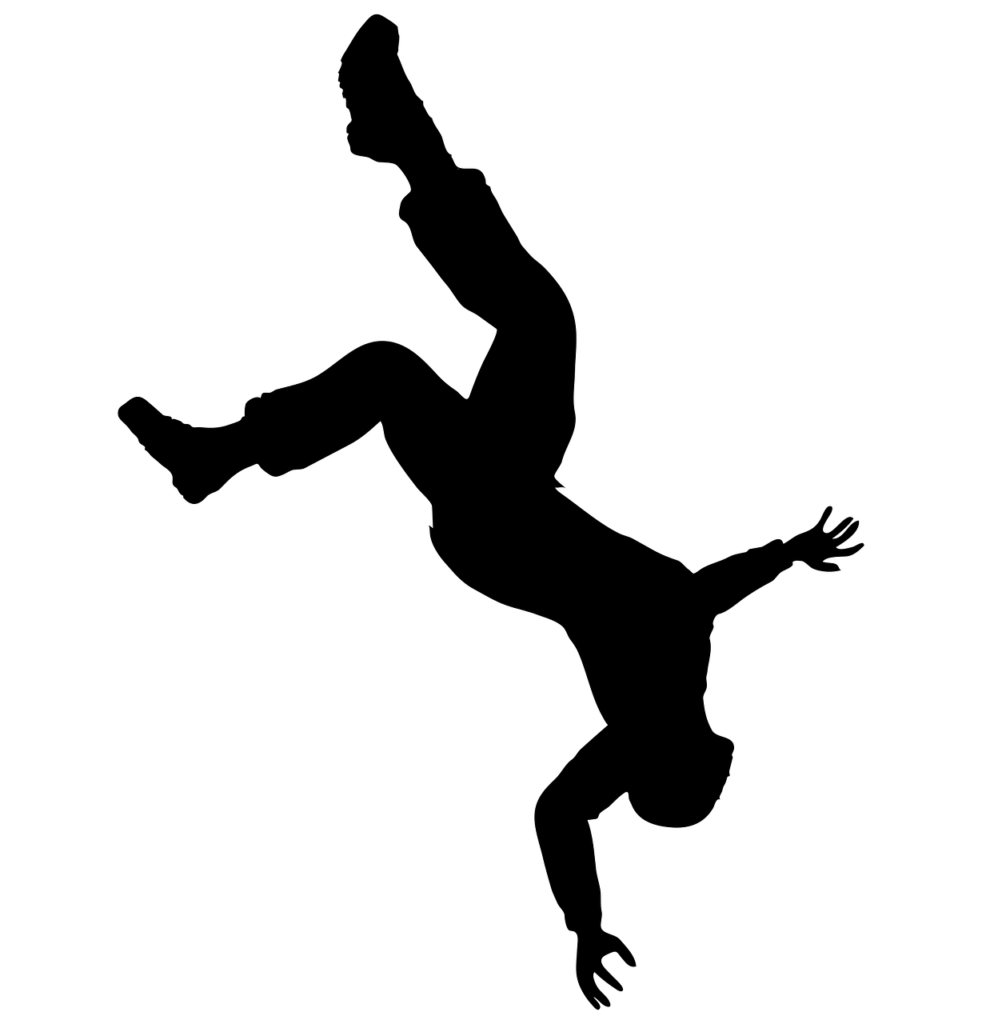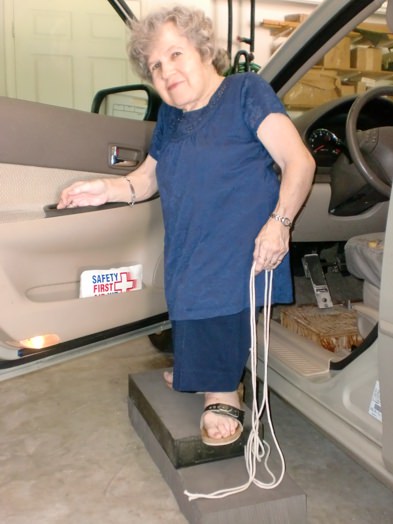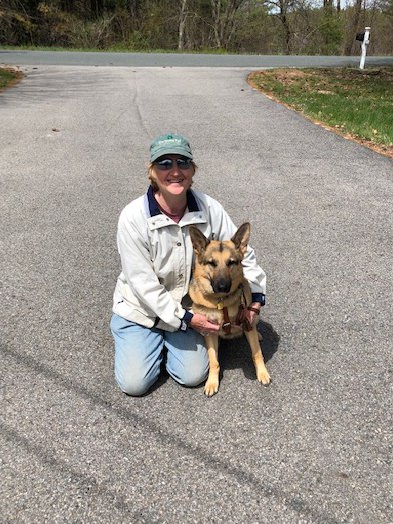
Are you among the 79 million American pet dog owners with reason to celebrate National Dog Day on August 26th? If not, you can celebrate service dogs by showing them respect. They are trained to perform individualized tasks for people with disabilities.
Most of us are familiar with a guide dogs role of helping people with visual impairments independently and safely navigate everyday obstacles. But there are four other categories. A medical response dog assists individuals with a medical disability. For example, a diabetic alert dog detects high or low levels of blood sugar in people with diabetes and alerts their owners to dangerous changes in blood glucose levels. A seizure response dog helps during or after a seizure.
Want to subscribe to receive blog updates sign up today!
Then there are psychiatric assistance dogs serving people with mental disabilities like anxiety, autism, depression, and schizophrenia or disorders like bipolar, obsessive-compulsive, and post-traumatic stress. With training customized to their owner’s need, the dogs can help by waking them up from a night terror, guiding them to a safe space during an anxiety episode, giving medication reminders, standing between their owner and other people in claustrophobic situations, or fetching help for an owner immobilized by fear.
A hearing dog assists people who are deaf or hard of hearing by alerting their owner to sounds like doorbells, smoke alarms, telephone rings, alarm clocks, or someone calling the owner’s name. A mobility service dog helps wheelchair users and those with poor balance with tasks like retrieving dropped items, opening and closing doors, turning lights on and off, or pulling a wheelchair up a slope.
In order for service dog assistance to be effective, the public needs to respect their work. The dogs should not be fed, touched, talked to, or approached without the owner’s consent. As one guide dog owner said, “Distracting the dog is a safety risk, not just an inconvenience.” For example, one owner fell and injured herself when a woman made a grab for her dog’s lead just as she was stepping off a train.
Sadly 71% of guide dog owners in the United Kingdom reported such distractions occurring on a daily basis and 24% said this happens weekly. On the flip side, 30% of the public admitted to distracting a guide dog while it was working. This disrespect needs to stop.
Even though emotional support dogs and therapy dogs do not require training customized to their owner’s disability and do not qualify as service dogs, they are also worthy of respect. Emotional support dogs provide comfort and companionship to individuals living with emotional and other mental health disabilities. Therapy dogs are commonly found in hospitals and nursing homes and their task is simple: to comfort people other than their owners. For example, veterans with post-traumatic stress disorder are often comforted when visited by a therapy dog. And unlike service animals, the work of a therapy dog often involves touching, petting, and playing.
For discussion of the rights of service dog owners to take their dog into public places, see next week’s post “Welcome Service Dogs.”
You might also like:
- Angela Muir Van Etten. “Fair Housing Disability Anniversary,” September 13, 2021. https://angelamuirvanetten.com/fair-housing-disability-anniversary/
- Angela Muir Van Etten. “Which Animals Fly for Free?” January 11, 2021. https://angelamuirvanetten.com/which-animals-fly-for-free/
- U.S. Department of Justice, Civil Rights Division, Disability Rights Section. “ADA Requirements: Service Animals.” February 24, 2020. https://beta.ada.gov/resources/service-animals-2010-requirements/

